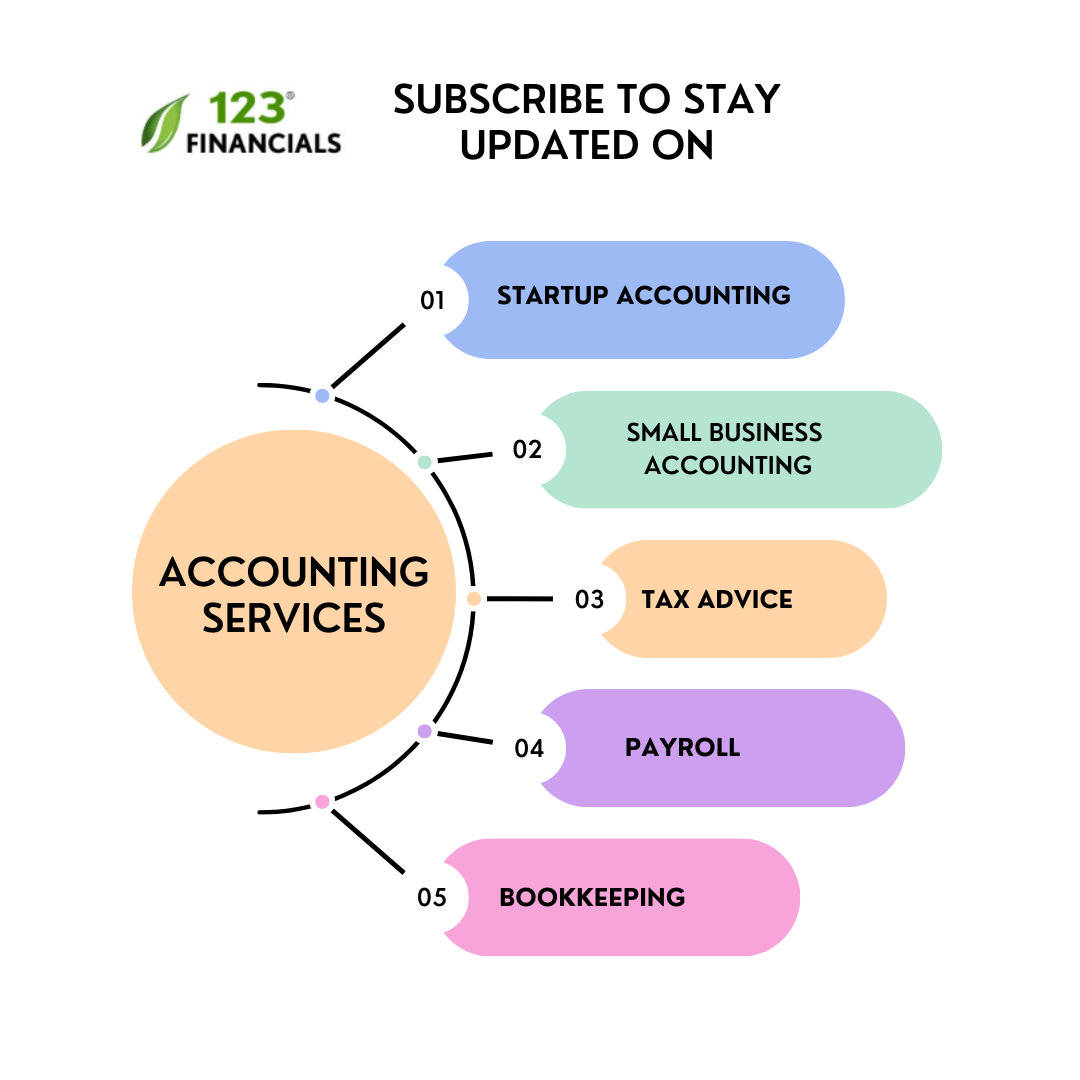More than half a million people start new businesses every year, and very few survive the competition. Put bluntly, regardless of what business you are performing, getting grips with your finances is a must. Besides managing your finances, managing your books is a top business priority.
This guide will teach us how to organise small business accounts and set up or manage your books.
Table of contents
● Essential tips on setting up and managing your accounting books
● Wrapping out
Essential tips on setting up and managing your accounting books
While starting a new business, you need to consider several factors other than an innovative business idea, products and services, target consumers, target market, and research on competitors. They are setting up a business structure, planning an accounting method, registering the business with HMRC, knowing about tax obligations, staying compliant with government regulations, and everything related to accounting for small businesses.
The first step to accounting is setting up books and managing them. Here is how you can do that:
Hire Small Business Accountant
Work with a London-based accountant for tax, accounting, payroll, & EIS/ SEIS needs.
1. Create a business account
Finding out a vital statement from piles of documents is hectic during emergencies, and mixing them with personal financial statements is a curse. Therefore, get a business account to keep track of your business expenses, which makes recording transactions on books easy.
2. Choose accounting software
Small business accounting is usually less complicated than bigger ones in the market, but accuracy can’t be compromised. Even when hiring small business accountants, the software can bring many changes in managing your books.
Look into the price, features, customer support, reviews, user-friendly interface, and everything before selecting one for your business.
3. Select a book entry system
Among several bookkeeping methods, the popular ones are single and double-entry accounting.
The single entry accounting system is suitable for small businesses where you record every transaction once as income or expenditure. Such companies don’t have significant inventory or equipment-related finance entries in books.
In a double-entry accounting system, you need to record every transaction twice as debit and credit to keep your books balanced. This process is complex but prevents errors in recording transactions.
4. Select an accounting method
There are generally two standard accounting methods used in businesses, cash-based accounting and accrual-based accounting.
In the cash-based accounting method, accountants for small business records transactions when money exchanges hands. It is not responsible for recording your invoices or outstanding bills until they are paid.
In the accrual-based accounting method, accountants record bills and invoices even when money doesn’t exchange hands. The data goes to the book before you make or receive payments whenever you issue an invoice or bill.
You can use accrual accounting for your business and cash for preparing VAT returns under certain circumstances.
5. Prepare a chart of accounts
A chart of accounts consists of data in several sections, which helps prepare financial statements, review business progress and check transactions.
These five sections in a chart of accounts are:
● Assets
● Liabilities
● Equity
● Revenue
● Expense
You can break down accounts into sub-accounts for organising transactions, like product sales. As a business grows, keep adding several sub-accounts as needed to your chart of accounts.
All cloud-based software comes with a pre-populated chart of accounts.
6. Record transactions regularly
Your day-to-day accounting tasks include recording transactions regularly if you don’t have a bookkeeper to perform the task. These records clearly show where your income is coming from and where you are spending it.
Bookkeeping and accounting are two separate things with different responsibilities. However, without a bookkeeper, an accountant for a small business can perform your bookkeeping needs.
7. Reconcile transactions
Regular bank reconciliation is an essential task in small businesses to ensure your books have correct information matching the records on bank statements. It gives you an insight into business financial health.
8. Proper cash flow management
Managing your cash flow in business is an excellent skill for any entrepreneur. Cash flow indicates the amount of money that comes in and goes out of your company.
To have good cash flow management in your business, try to
● Have a sound credit control system
● Use sales forecasting
● Cut unnecessary spending and cost
● Negotiate with suppliers
● Manage stocks
● Apply for small business loans and grants from the government
● Stay on good terms with lenders
● Look for warning signs
● Review your business financial position regularly
9. Keep track of your financials
Any business, regardless of size, must keep track of its financials. They are usually reports or statements that offer valuable insights into the business’s financial health.
The three most important financial statements in any business include the balance sheet, the income statement, and the cash flow statement.
Balance sheet: The balance sheet identifies a company’s net worth, gives a snapshot of your company’s health, and indicates what you own and how much you owe.
Income statement: The income statement, or the profit and loss statement, reflects business performance and monitors profit and loss at any time.
Cash-flow statement: The cash flow statement reflects how your business makes an income and how to reduce expenses.
Hire Small Business Accountant
Work with a London-based accountant for tax, accounting, payroll, & EIS/ SEIS needs.
10. Handling accounts receivable and payable
Late paying customers may harm your cash flow and therefore focus on accounts receivable. You can use automation tools to send them reminders before and after payment.
Also, stay on top of accounts payable to be on good terms with suppliers. Pay all your bills correctly and on time.
11. Understand how the business will get paid
To expand your business, your customers need to pay you, and you need a clear customer payment policy. Furthermore, you need to determine what kinds of payments you can accept from customers, including cash, check, credit card or mobile wallet payments.
12. Make a schedule
Finally, if you can schedule an important conference, you must schedule your accounting tasks. Recording your transactions in your book regularly, weekly, or at least a month, is essential to organise records, avoid mistakes and eliminate unnecessary stress.
However, you can simply purchase small business accounting software to set up and manage books.
Wrapping up
As your business grows, its financial position changes and managing books seem challenging. Seek professional advice to help keep books clean, assisting during tax preparation and audits.

















